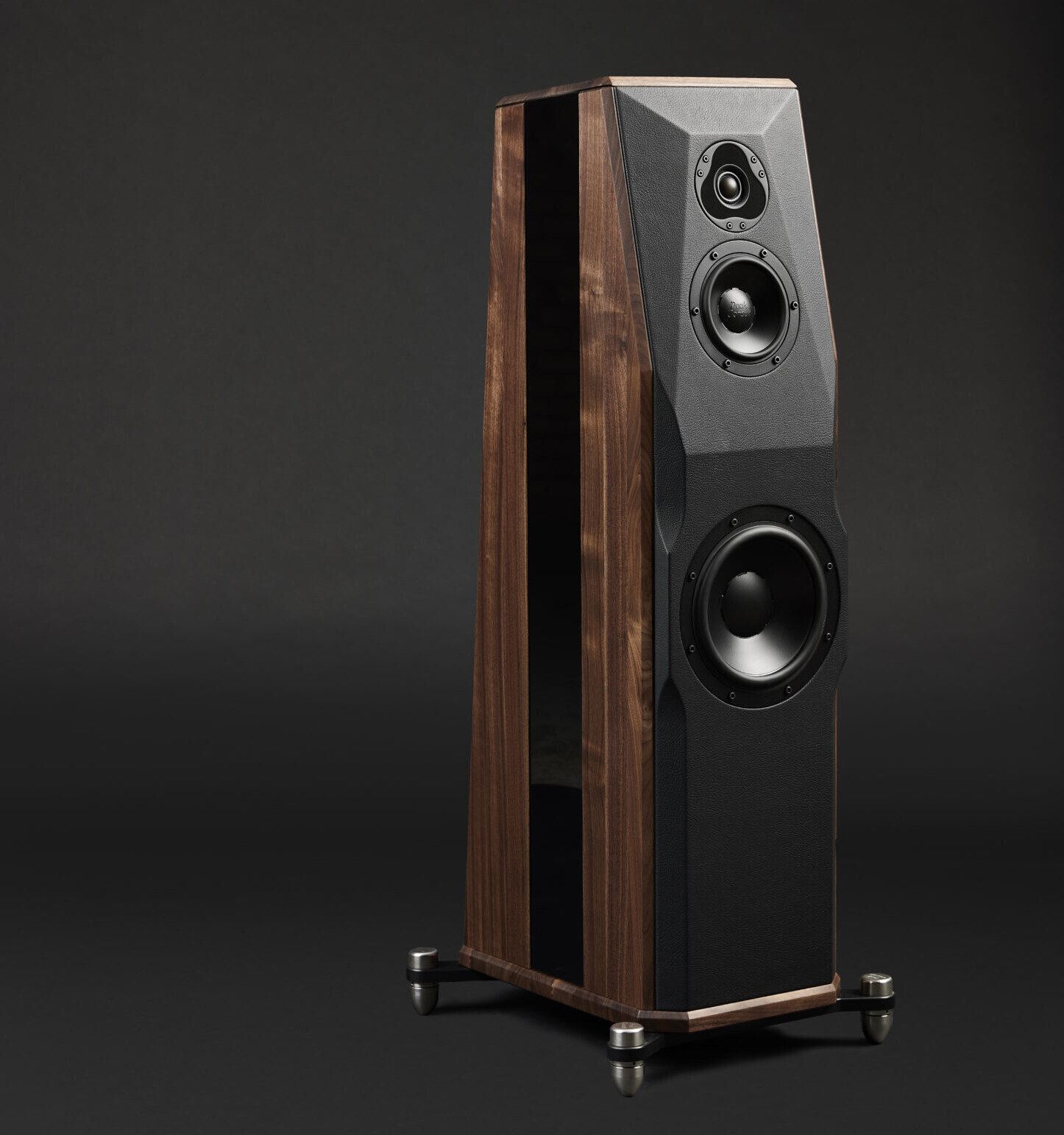In the larger Music Room, this was the nearest thing to a PNP speaker (that’s “plonk-and-play”) that I’ve used in a very long time. After the requisite run-in period (Reak Consult recommend 300 hours of continuous use – and they’re not kidding) I was rewarded with a musically performance so potent that it quite took me by surprise. Effortlessly rhythmic and dynamic, positional shifts were limited to optimising bass weight and speed. Driven by the CH Precision M1.1s in bi-amp mode, the results were infectiously engaging and entertaining, to the extent that I started wondering whether we’d maybe missed a trick with the earlier models? Instead, what I should have concluded was that I’d chanced on the secret of success – at least as far as setting up the Sinfonias is concerned.
One thing it was impossible to miss was the essential rightness of the Sinfonias’ tonal balance. On the basis of a quick listen, it would be easy to conclude that they veer to the warm side of neutral. Listen longer and it soon becomes evident that that isn’t the case. The pace and musical momentum that the speakers deliver with such obvious enthusiasm tells you that they aren’t burdened with the clogging affects of the second-order harmonic distortion or intermodulation artefacts that so often generate that familiar, warm and rounded tonality. Instead, the combination of a naturally weighted balance, with enough body exactly where it should be, together with a total absence of glare, edge or harmonic clipping creates the easy instrumental and harmonic warmth of genuine neutrality. It’s the foundation on which all other aspects of the speakers’ performance rest.
However, moving the speakers upstairs to the smaller Reading Room was a real Jekyll and Hyde experience: speakers that had been so eager, alert and musically enthusiastic suddenly turned recalcitrant and grumpy, sluggish and reluctant. Running the Sinfonias with first the TEAD linear B mono-blocs (80 W/Ch tube output hybrids) and then the VTL S-200, I persevered with endless positional shifts and subtle adjustments to the low-frequency absorbency in the room, but struggled to spark the speakers into life. Their powerful bottom-end, so impressive in the large, well-vented volume of the Music Room, with its excellent bass linearity, might have been made for the Peak speakers. In the Reading Room, with its more domestically typical dimensions and acoustic characteristics, the speakers’ bottom-end interacted with the room’s peaks to present a string of challenges. It wasn’t until I swapped out the tube amps for the resolutely solid-state (and significantly more affordable) Levinson 585 integrated, that the speakers woke up and regained their former enthusiasm and musical energy. Suddenly, re-positioning them ceased to be a fight. Instead, it was as if the speakers were working with me – again. Set up wasn’t quite the walk in the park it had been downstairs, but the Sinfonias were quickly restored to their impressive best.

All that time spent working in the Reading Room was far from wasted. Two things quickly became apparent: take a well-behaved cabinet of this size and combine it with a massive reflex port and 89dB sensitivity and (not surprisingly) you’ll generate significant bottom-end weight and power – sufficient to get you into serious trouble in smaller or less well-behaved spaces. Secondly, the Sinfonias are far more sensitive to lateral placement and height off the floor than they are to fore and aft adjustment (at least in the Reading Room). The post holes in the speakers’ footers, along with the rod-tipped driver makes precise height adjustment a welcome breeze. But if you do want to shoe-horn the Peak speakers into a smaller space, power and control from the amplifier are going to be just as crucial to success as careful placement.

